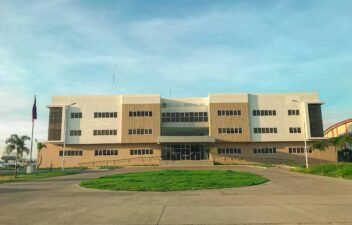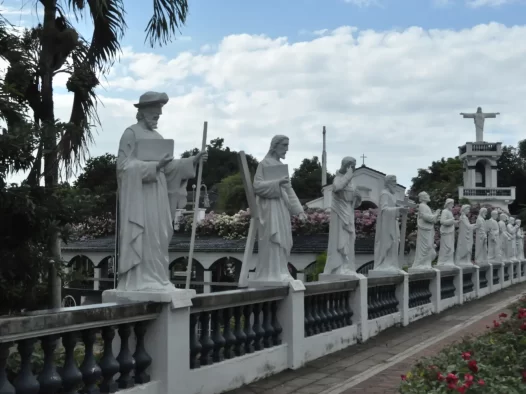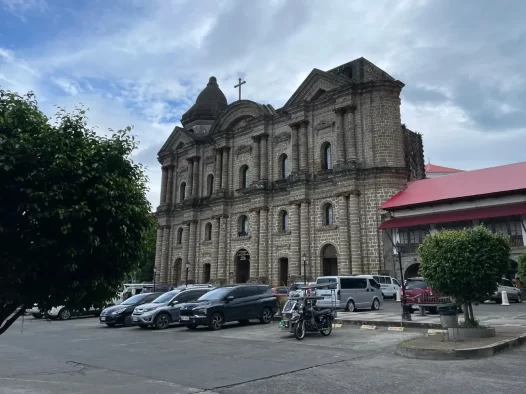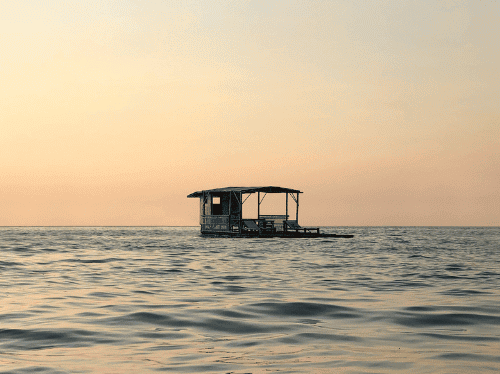Balayan
Balayan, a municipality located in the province of Batangas, Philippines, is situated at geographic coordinates 14° 53′ latitude and 120° 43′ longitude. It is bordered by the municipality of Tuy to the north, Calaca to the east, Balayan Bay to the south, and Calatagan and Lian to the west. This strategic location grants Balayan access to various neighboring areas and bodies of water.
Approximately 107 kilometers away from Manila, Balayan can be reached via a scenic route that passes through Tagaytay Ridge. The journey offers breathtaking views and adds to the allure of the town. For those traveling from Batangas City, the capital of the province, Balayan is approximately 48 kilometers away. Additionally, the municipality is accessible from all directions via the Balayan Bay on its southern side, providing an alternative route for transportation.
Balayan is characterized as a lowland town in the western region of Batangas and holds the distinction of being the centermost town of the province’s first district. Its location in the western part of Batangas grants it a unique blend of natural landscapes, including coastal areas and scenic views of the surrounding hills and mountains. The municipality’s geographic positioning makes it a gateway to other municipalities in the province, as well as a significant hub for commerce, trade, and tourism.
History and Heritage
The municipality of Balayan in the province of Batangas derived its name from the word “Ba-I” or “balai,” which means house in the Sri-Visayan dialect. The addition of the Filipino suffix “-an” transformed it into Balayan, signifying a group of houses or settlements. In the early days, the native people constructed their houses on stilts above the waters of Balayan Bay, giving rise to this name. Historians believe that Balayan was once the center of the ancient and powerful kingdom of Ma-i.
Balayan is now a first-class municipality in Batangas, having experienced significant progress in recent years. It transitioned from a third-class municipality in 1992 to second class in 1995 and finally achieved first-class status in July 1996. The continuous improvement of Balayan’s financial status is a result of the dedicated efforts of the current administration.
With the vision of becoming an agri-industrial community in line with the industrialization of Batangas Province, Balayan has actively contributed to the realization of development programs aligned with the objectives of CALABARZON region. The presence of a sugar central, which processes the main agricultural product, creates a harmonious combination of agriculture and industry. This has positioned Balayan as an agri-based industrial center.
Traditionally, agriculture and industry have been viewed as separate sectors in terms of their characteristics and their role in economic growth. Agriculture has been considered the initial stage of development, while industrialization has been seen as the key indicator of a town’s progress along the development path. Balayan exemplifies this transformation, as sugarcane and fish resources are processed into products like Bagoong Balayan, a delicacy that has gained recognition and popularity worldwide. Additionally, the municipality engages in cottage handicraft production, showcasing its diverse natural resources.
Balayan remains committed to its path of development, evolving and adapting to the changing times while prioritizing the welfare of its people and the environment. With a focus on sustainable and environmentally sound practices, Balayan strives for continued growth and prosperity while preserving its rich heritage.
Climate
The rainy season starts in June and ends in November. When December comes, the people experienced a very cool dawn. The summer season on the month of March to the end of May.
If you prefer a hassle-free trip, you can rent a car or hire a private vehicle for more convenience and flexibility. Public transportation, such as buses and jeepneys, is also available and can be a more budget-friendly option.
Batangas: Where history, beauty, and resilience converge, creating a tapestry of captivating stories and unforgettable moments.
Parada ng Lechon Festival
The Parada ng Lechon Festival in Balayan, Batangas, is an annual celebration held on June 24. It pays tribute to the iconic Filipino dish, lechon, through a colorful parade of beautifully decorated roasted pigs. The festival brings the streets of Balayan to life with vibrant decorations and the aroma of succulent lechon, creating a festive atmosphere. Locals and visitors gather to witness the grand procession, accompanied by lively music, dances, and street performances. The festival not only offers a chance to savor the mouthwatering flavors of lechon but also showcases the community’s pride, unity, and rich culinary heritage. It has become an integral part of Balayan’s cultural identity and a highly anticipated event on the town’s festive calendar.


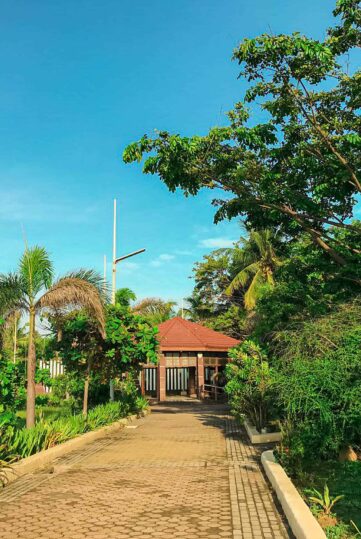
Local Attractions
Batangas in the Philippines offers a range of local attractions that cater to various interests. These are just a few of the attractions you can explore in Batangas. Whether you’re interested in history, nature, or relaxation, the city offers something for everyone.
Getting Around

Buses
Buses provide transportation for longer distances, connecting Batangas with other regions and provinces. These buses have designated terminals and offer a more comfortable option for longer journeys.

Jeepneys
Jeepneys are a staple mode of public transportation in the Philippines. They are colorful, elongated jeeps that can carry multiple passengers. Jeepneys follow specific routes and have fixed fares.

Tricycles
These motorized vehicles consist of a motorcycle with a sidecar, which can accommodate around 3 to 4 passengers. Tricycles are commonly used for short trips within the city, and fares are usually negotiable.
